The Importance of Quality Flooring Material in Different Applications
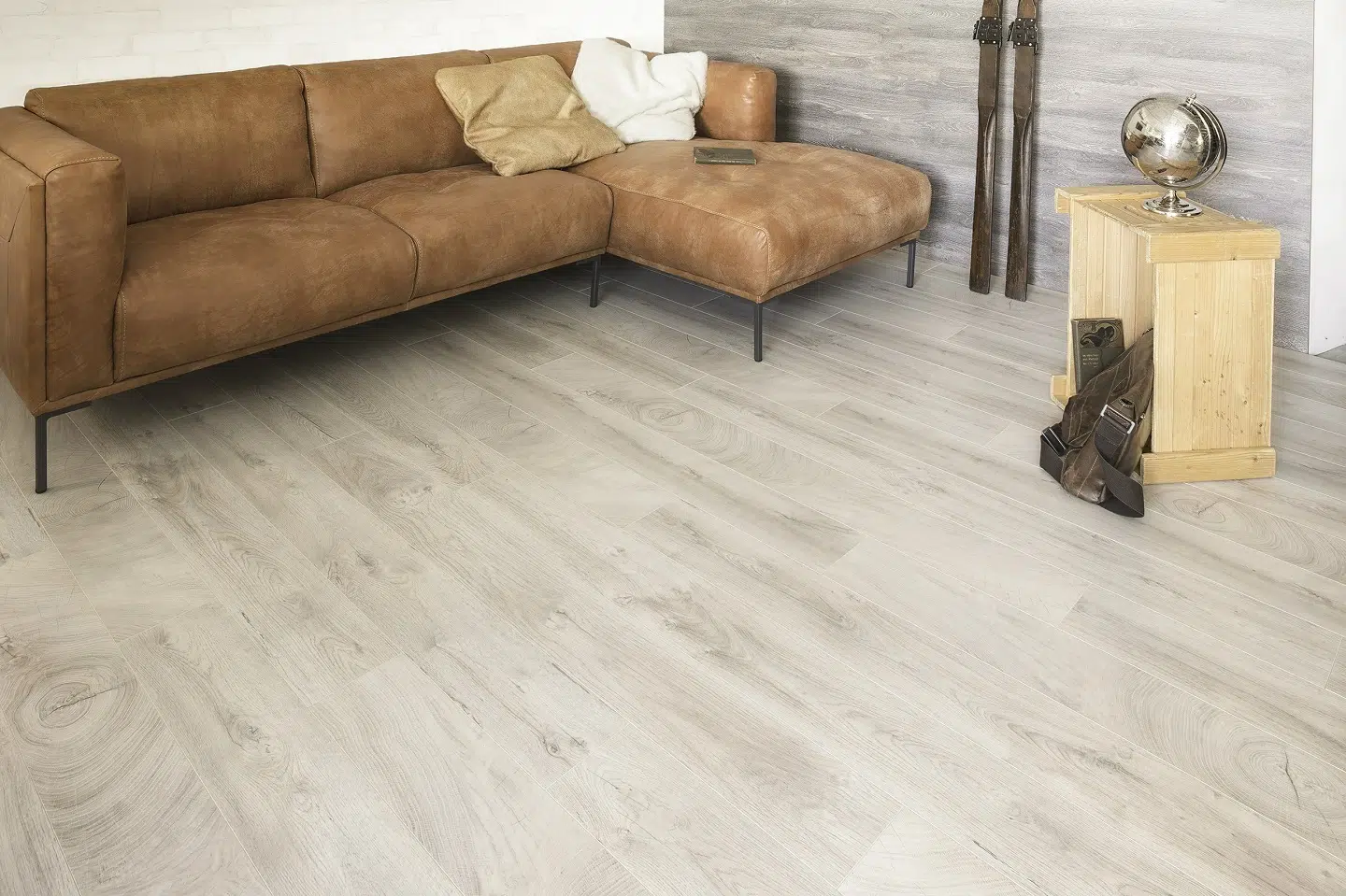
The essence of a home is intertwined with the quality of the flooring material it harbors. This fundamental feature amplifies the visual appeal of your habitat and substantially influences your comfort level. Specific rooms, such as the bathroom, kitchen, and living room, each require unique flooring solutions tailored to their usage, footfall, and susceptibility to diverse conditions. Hence, the decision to invest in superior quality flooring material is paramount in maintaining the functionality and longevity of these areas.
Tip: If you are thinking of remodeling your place’s flooring, you need to gain a pre-knowledge about flooring material quality, durability, and charm.
Comprehending the Significance of Premium Flooring for Varied Spaces
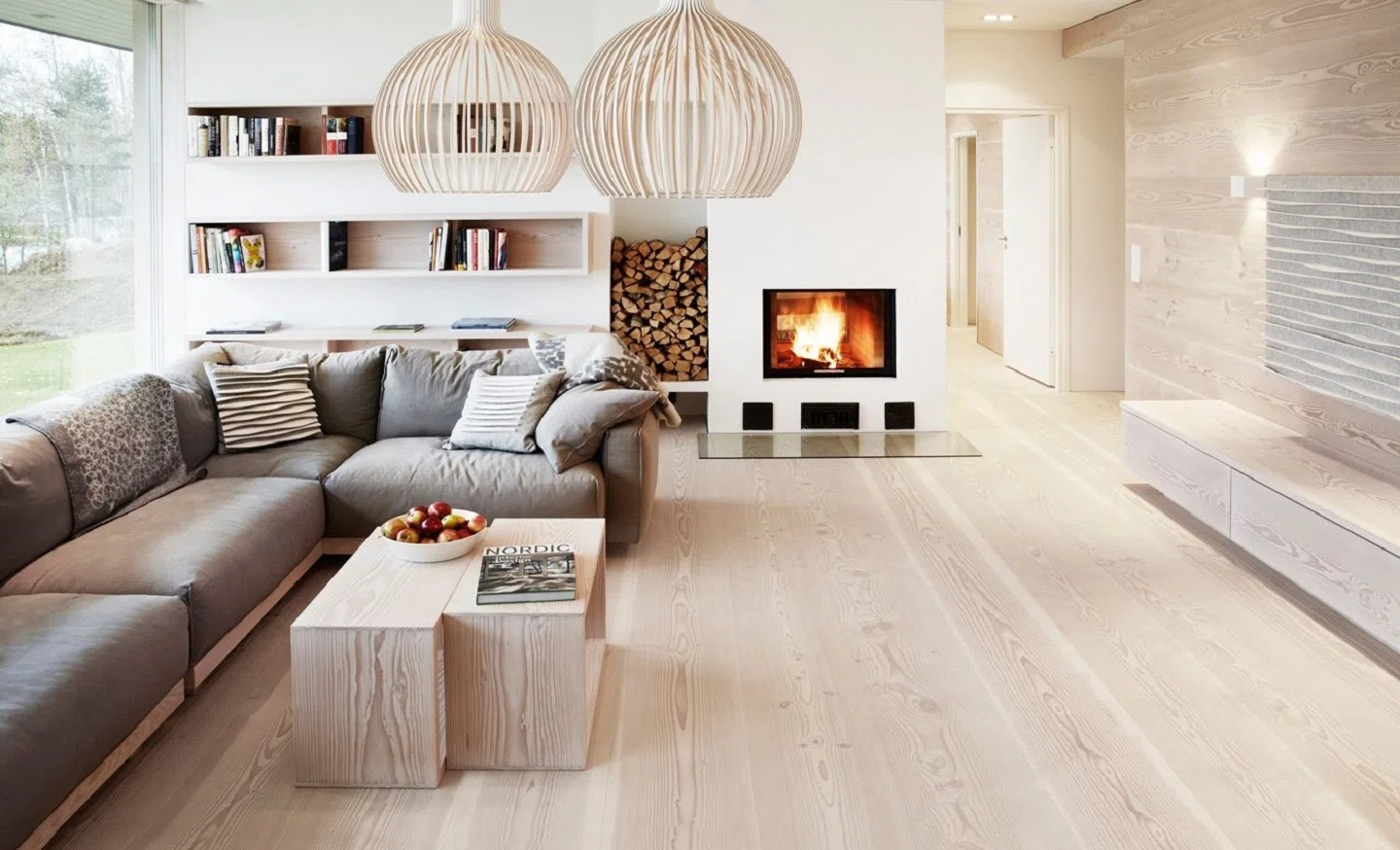
Different spaces of a home need different flooring materials and designs. We elaborate more on this below.
Bathroom Flooring: Robustness and Water Resistance
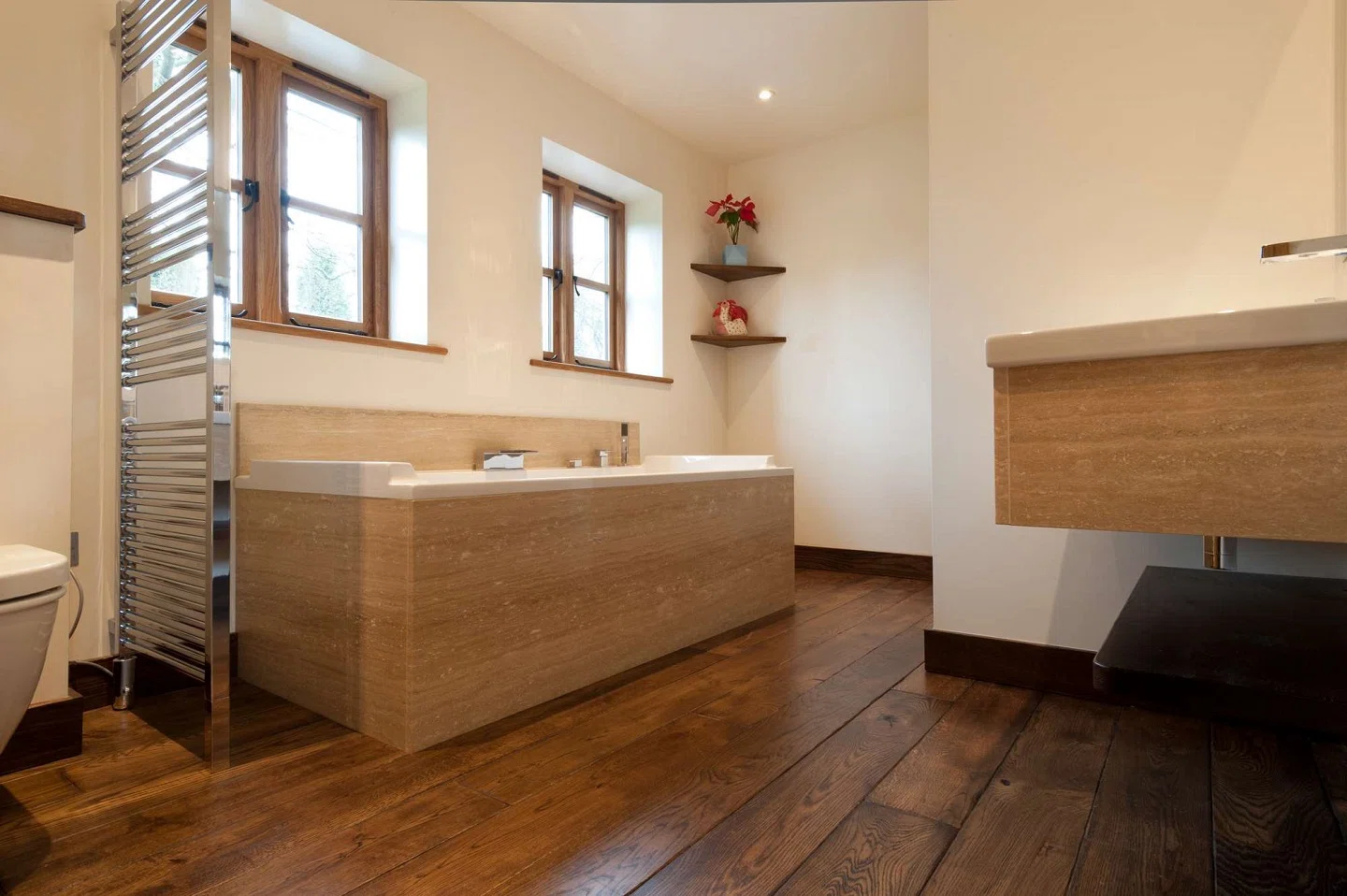
Bathrooms are exposed to substantial amounts of water, necessitating a flooring solution to withstand such exposure. The objective is not solely to prevent water-related deterioration but also to guarantee safety and longevity. Materials such as ceramic or porcelain tiles are apt for bathrooms due to their robust nature and water resistance. Their availability in numerous designs allows for customization based on personal preferences. Although pricier, natural stone provides an elegant touch while offering water resistance. By opting for high-end materials, you can ensure your bathrooms remain fashionable, safe, and durable for an extended duration.
Kitchen Flooring: Endurance to Wear and Tear

Kitchens are typically bustling spaces prone to spills and accidents, demanding a resilient flooring solution. Many homeowners prefer engineered or solid hardwood flooring for their kitchen floors owing to its durability, aesthetic appeal, and ease of maintenance. Nevertheless, choosing high-grade hardwood is essential as substandard variants may warp or stain easily. Another viable choice is porcelain tile, known for its strength and versatility in design.
Living Room Flooring: Comfort and Aesthetics
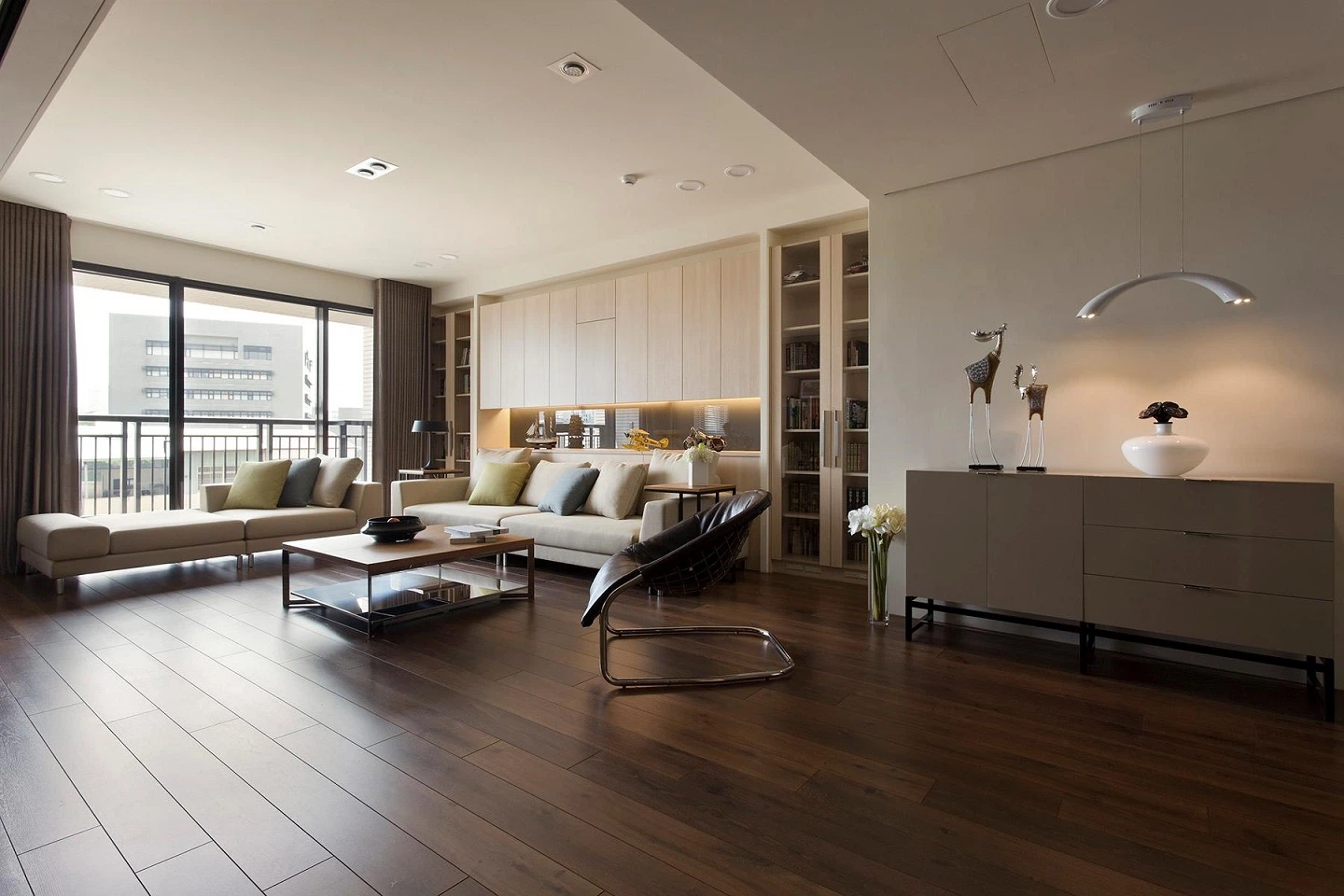
Living rooms are a common gathering spot for families to unwind, communicate, and enjoy. Consequently, comfort and aesthetics hold paramount importance. While carpeting provides a cozy and warm ambiance, maintaining it might be challenging and unsuitable for homes with allergy sufferers. High-quality hardwood or laminate flooring can strike the right balance between comfort, aesthetics, and cleanliness. Incorporating area rugs can add an extra layer of warmth and reduce noise.
The Influence of Premium Flooring on the Health and Environment
Certain types of flooring, predominantly lower-grade ones, can adversely affect indoor air quality. Some artificial materials emit harmful chemicals, potentially leading to health concerns. High-grade, eco-friendly alternatives like cork, bamboo, or reclaimed hardwood can create a healthier living space and a more sustainable environment.
Tip: Read more about healthcare centers and hospital flooring material.
Financial Implications of Premium Flooring

While the initial costs of high-grade flooring may seem hefty, it’s a long-term investment that can potentially lead to financial savings. Such flooring tends to have a longer lifespan and lower maintenance costs, resulting in savings over time. Additionally, it can enhance your home’s market value, proving beneficial if you consider selling in the future.
Flooring and Noise Levels: Regulating Sound in Residential Spaces
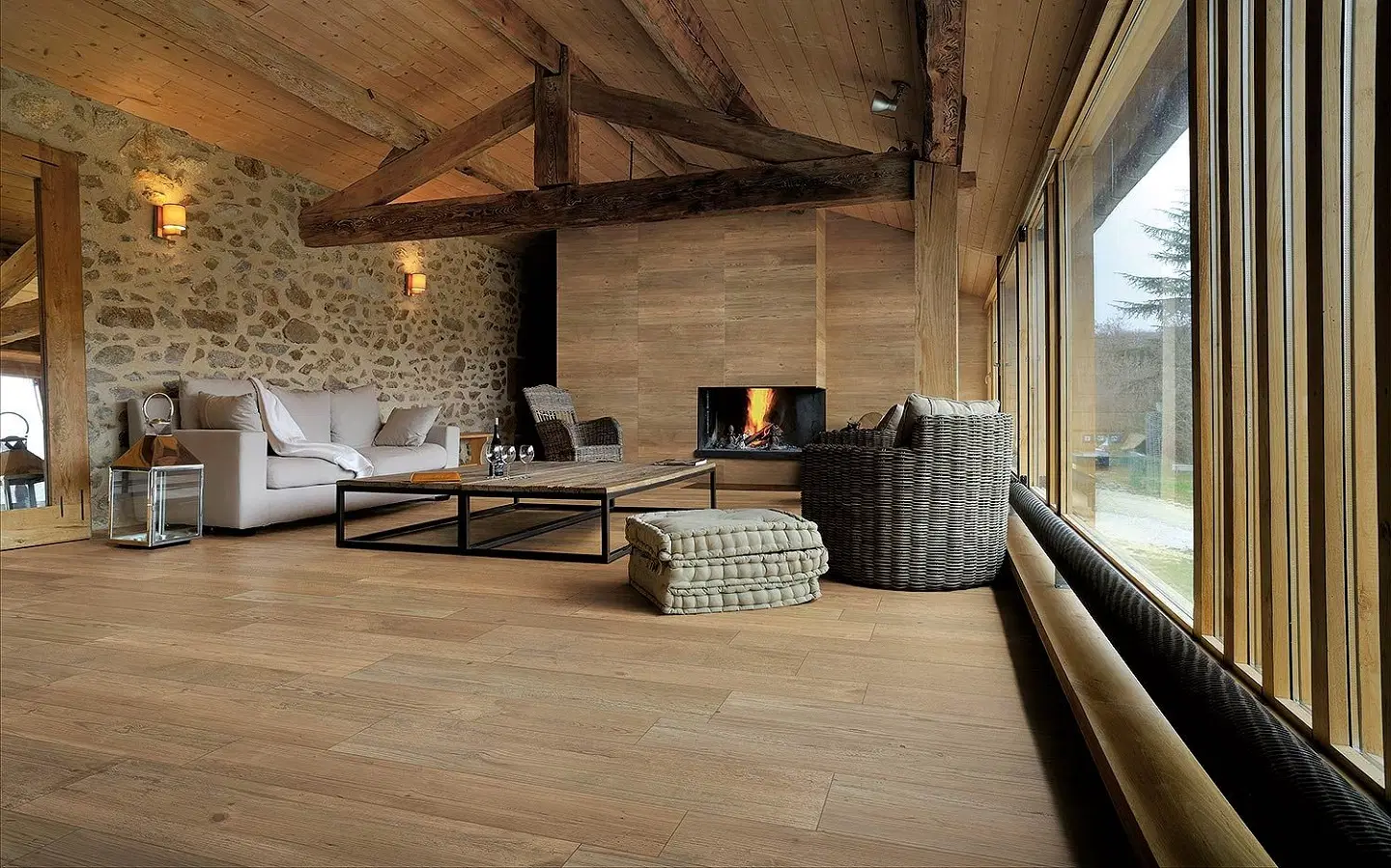
The quality and nature of your flooring can profoundly influence the acoustic quality within a room. Harder surfaces like tiles and hardwood can exacerbate sound echoes, leading to a noisy environment. Conversely, softer materials like carpets can absorb sound, facilitating a tranquil, serene atmosphere. High-grade flooring in high-traffic areas such as living rooms or open floor plans can aid in effective noise management. Premium hardwood or laminate flooring can strike an equilibrium between visual appeal, endurance, and sound management when paired with appropriate rugs.
Flooring and Lifestyle: Catering to Individual Requirements and Tastes
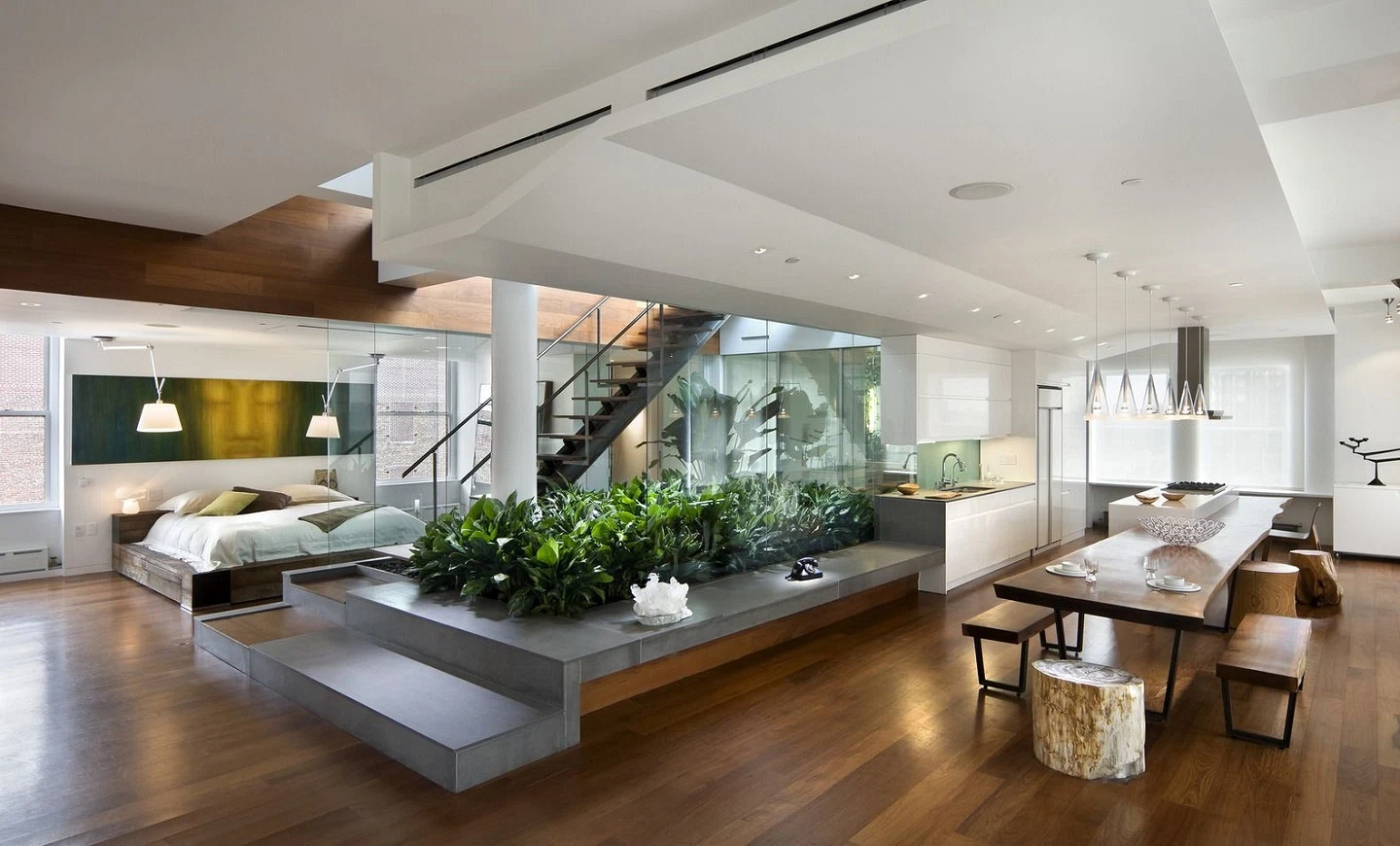
Different lifestyles warrant diverse flooring options. Families with pets or young children might prioritize durability and ease of cleaning, making vinyl or tile an appropriate choice. Active households may benefit from the shock-absorbing qualities of cork or the resilience of bamboo. If aesthetics is a priority, hardwood’s timeless elegance or terracotta tile’s distinct allure may be appealing. Hence, your chosen quality flooring material should cater to your space’s operational needs while resonating with your lifestyle, tastes, and unique flair.
Tip: Herringbone flooring a flooring you will love!
Flooring and Illumination: Shaping Room Ambiance

The hue and texture of your flooring can profoundly influence the ambiance of a space by modifying the way light is reflected or absorbed. For instance, floors with dark, matte finishes can give a large, well-lit room a more intimate feel, while light, glossy floors can make a small or dimly lit room seem more spacious and brighter. Premium flooring alternatives provide a wide spectrum of shades and finishes, granting you the flexibility to boost your space’s lighting and establish the desired mood.
Flooring and Weather: Factors for Comfort and Longevity

Your local climate should be a significant determinant in your selection of flooring materials. In warm weather conditions, tile, stone, or bamboo can aid in maintaining a cooler home environment, while in colder regions, carpet or hardwood can provide added warmth. Some materials, like hardwood, can deform in high-humidity conditions, making superior-quality engineered wood or tiles preferable alternatives in such settings. Thus, choosing quality flooring is not only about the intrinsic attributes of the material but also about its compatibility with your local climate.
Looking Forward: Progress in Material and Design
The flooring sector is perpetually evolving, with continuous advancements in materials and designs, particularly concerning sustainability and technological integration. Eco-friendly materials like linoleum and recycled rubber are gaining traction. Technology also sparks innovations such as floors with embedded heating systems, slip-resistant surfaces, and even integrated illumination. As we anticipate future trends, the focus on quality persists concerning durability and aesthetics, innovation, environmental consciousness, and intelligent functionality.
Flooring and Well-being: An Emerging Design Trend
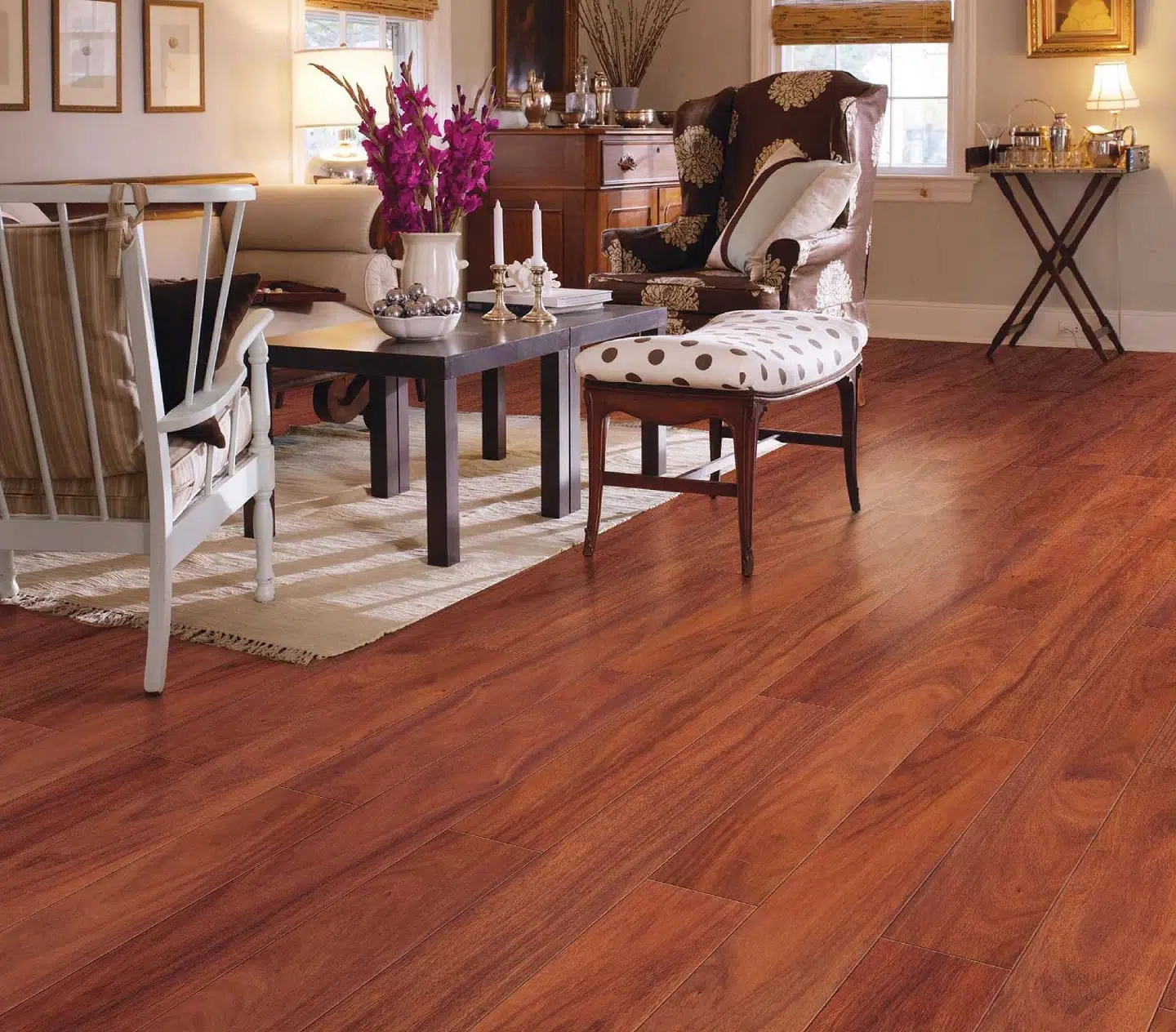
There’s an increasing trend toward constructing living spaces that enhance physical and mental wellness; quality flooring is an integral component. Wood and stone, as natural materials, can contribute to a soothing, nature-inspired atmosphere. Anti-microbial flooring options, such as copper-infused tiles, can aid in limiting the proliferation of germs within your home. At the same time, cork or carpeted floors provide a soft, shock-absorbent surface, reducing strain on joints which highlights another dimension of the value of quality flooring: Its capacity to foster a healthier, more holistic living environment.
Flooring and Tech: Peeking into the Future
Integrating technology into flooring solutions is becoming increasingly compelling as we progress into the digital age. Flooring isn’t just about aesthetics and utility now; it is gradually becoming a dynamic component of the smart home concept. Intelligent flooring systems, embedded with sensors and interactive capabilities, are shaping the future of home design. Examples include underfloor heating systems that adjust based on weather or personal preferences, LED-incorporated floors that can modify colors or patterns according to your mood or time of day, and sensor-enabled floors that can track foot traffic patterns to optimize furniture placement or act as a safety mechanism for elderly inhabitants, alerting caregivers to unusual activity or falls.
Conclusion
The flooring material quality in a house’s distinct areas carries immense significance. Each area has unique flooring needs, and quality flooring guarantees durability, functionality, visual appeal, and safety. It can also foster a healthier indoor atmosphere and be a sound long-term investment. Therefore, selecting quality flooring requires careful consideration and rational decision-making when contemplating or updating your home.



Did you find what you were looking for?